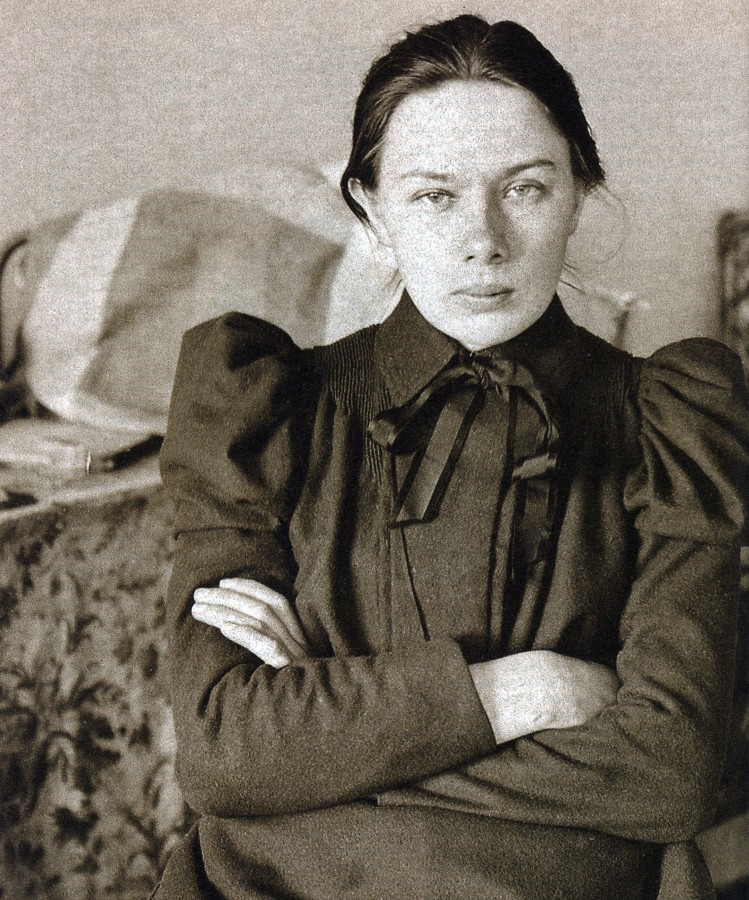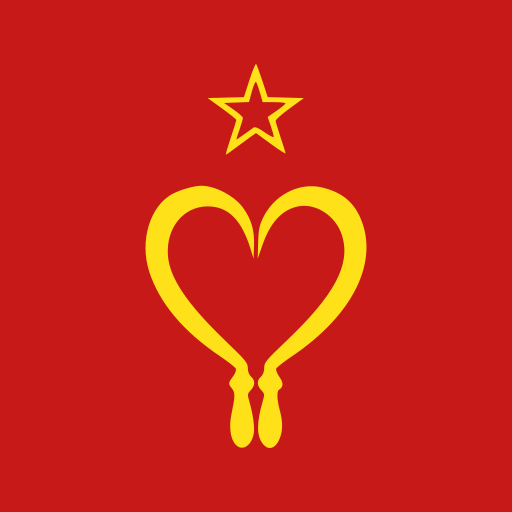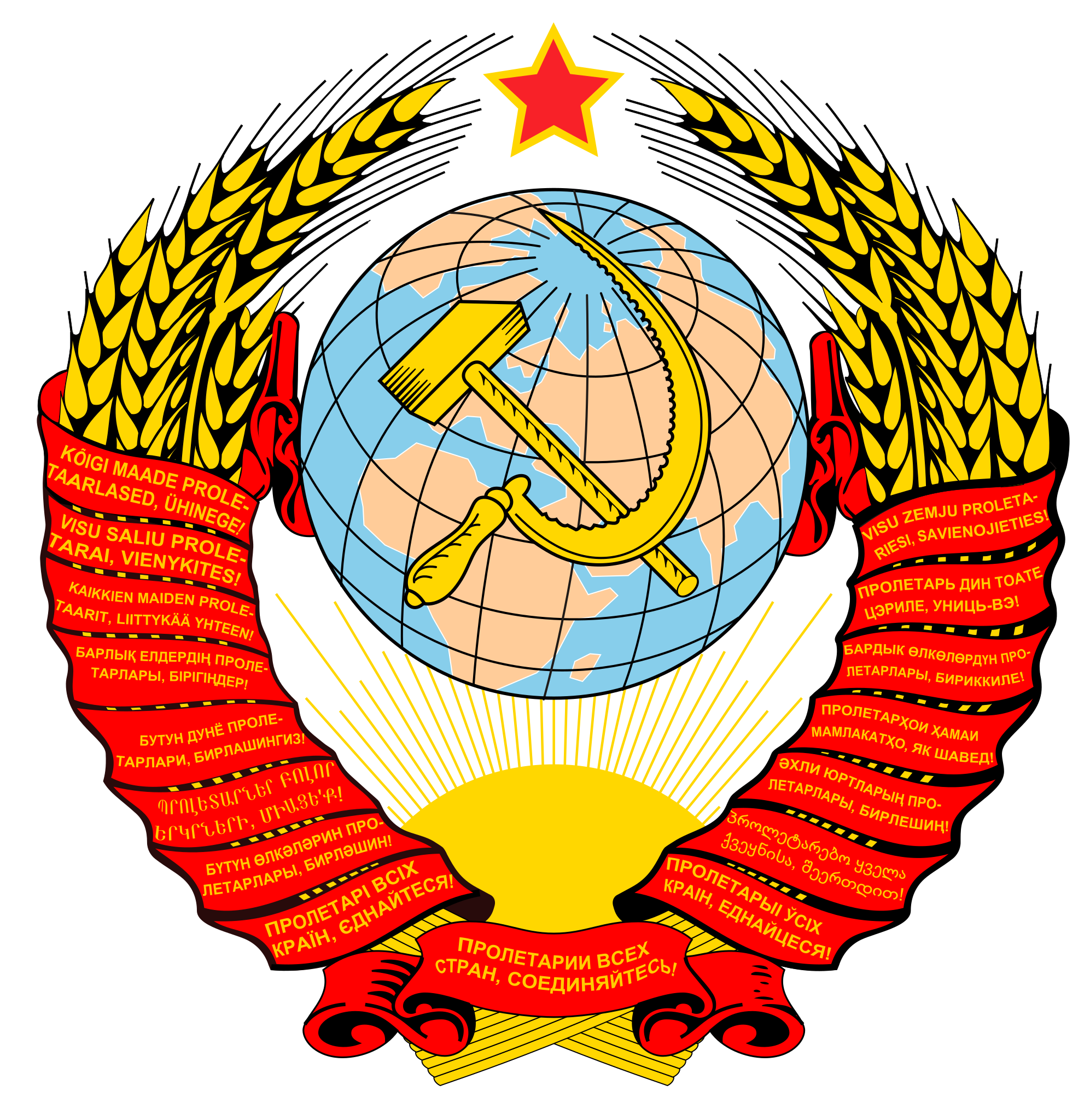For example Azeris, Turkmens, Tajiks transitioning from the Arabic script, and Buryats from the Mongol script.
And why wasn’t there a cyrillisation of Georgian and Armenian?
To me the script changes seemed unnecessary, but I’m curious what you think
Easy answer! Because Arabic and Mongol scripts were too hard to learn for kids, so the Bolsheviks, being the internationalists that they were, initially changed them to Latin script, but the teachers complained that Latin script is too hard for kids, so they switched to the Cyrillic script. There was no cyrillisation of Georgian and Armenian because they were already easy enough, but there was Georgianisation of Abkhaz language, which was already written in Cyrillic.
the Bolsheviks also attempted to latinize Russian, as well!
But China didn’t feel the need to change the Uyghur Arabic script and the Mongol script and those ethnic groups in China still have high literacy rates.
China actually considered bringing Mongl Cyrillic to Inner Mongolia before the Sino-Soviet split
I was able to read Perso-Arabic by half way through first grade. Absolute nonsense, it is actually easier to read fast than latin
I don’t believe that the Arabic script is hard to learn. I was able to read pretty much anything written in Arabic by second grade. The West Bank and the Gaza Strip had higher literacy than some Western nations despite the occupation and lack of resources.

Yah, i learnt arabic script as a kid, it’s not hard.
Arabic only has three vowels (each can be long or short) but the Turkic languages have many more vowels so the Arabic script couldn’t represent the vowels properly. The Mongolian script also has issues with silent letters and spells words like how they sounded several centuries ago. The USSR also changed the spelling of Russian words and removed some letters from the Russian alphabet so words would be spelled how they sound.
Turkic languages that use/used the Arabic script extended it with additional letters and diacritics.
That’s true and that’s the reason why Turkic people had low literacy rate. Arabic has 3 vowels and modern Turkish has 8. Back in late days it has too much effort to learn but now language itself literally got rid of its own unique sounds to fit in to Latin alphabet.






